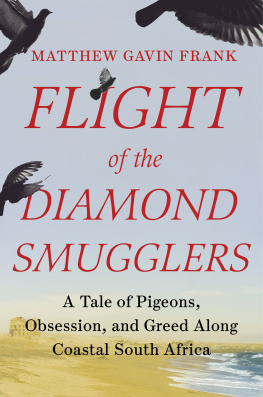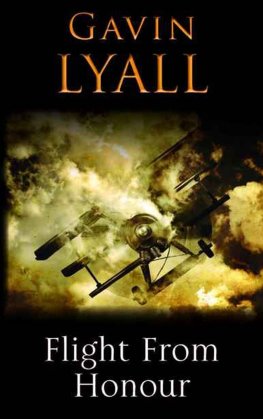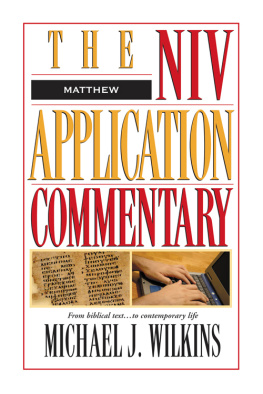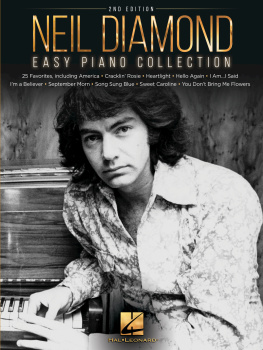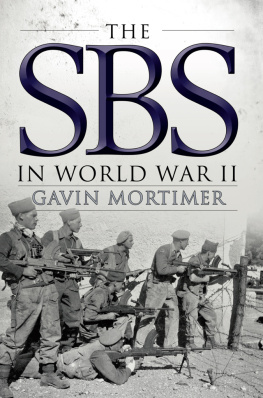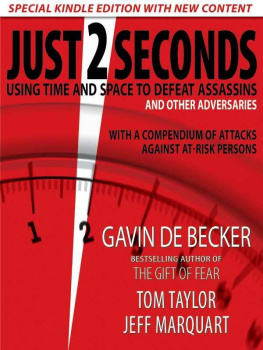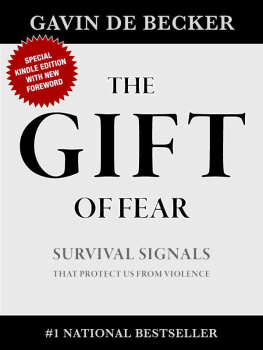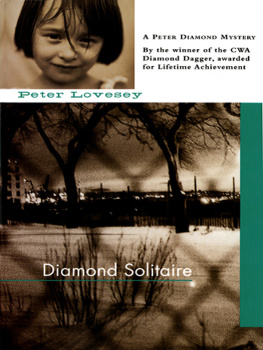Matthew Gavin Frank - Flight of the Diamond Smugglers
Here you can read online Matthew Gavin Frank - Flight of the Diamond Smugglers full text of the book (entire story) in english for free. Download pdf and epub, get meaning, cover and reviews about this ebook. year: 2021, publisher: Liveright, genre: Detective and thriller. Description of the work, (preface) as well as reviews are available. Best literature library LitArk.com created for fans of good reading and offers a wide selection of genres:
Romance novel
Science fiction
Adventure
Detective
Science
History
Home and family
Prose
Art
Politics
Computer
Non-fiction
Religion
Business
Children
Humor
Choose a favorite category and find really read worthwhile books. Enjoy immersion in the world of imagination, feel the emotions of the characters or learn something new for yourself, make an fascinating discovery.
- Book:Flight of the Diamond Smugglers
- Author:
- Publisher:Liveright
- Genre:
- Year:2021
- Rating:5 / 5
- Favourites:Add to favourites
- Your mark:
- 100
- 1
- 2
- 3
- 4
- 5
Flight of the Diamond Smugglers: summary, description and annotation
We offer to read an annotation, description, summary or preface (depends on what the author of the book "Flight of the Diamond Smugglers" wrote himself). If you haven't found the necessary information about the book — write in the comments, we will try to find it.
Flight of the Diamond Smugglers — read online for free the complete book (whole text) full work
Below is the text of the book, divided by pages. System saving the place of the last page read, allows you to conveniently read the book "Flight of the Diamond Smugglers" online for free, without having to search again every time where you left off. Put a bookmark, and you can go to the page where you finished reading at any time.
Font size:
Interval:
Bookmark:

Flight of the
Diamond
Smugglers
A Tale of Pigeons,
Obsession, and Greed Along
Coastal South Africa

Matthew Gavin Frank

Liveright Publishing Corporation
A Division of W. W. Norton & Company
For Fava
If we view ourselves from a great height, it is frightening to realize how little we know about our species, our purpose and our end, I thought, as we crossed the coastline and flew out over the jelly-green sea.
W. G. SEBALD

AFTER OUR SIXTH MISCARRIAGE, MY PARTNER, LOUISA, AND I DECIDED that we could no longer endure another attempt at conceiving a child. In the nights that followed, we slept little, often waking in the middle of the night to sit up together in bed, stretch our hands out in front of us, fingers splayed. We did these exercises according to the ob-gyns instructions, to stimulate blood flow, to decrease the chance of Louisa cramping in sleep, decrease her dependency on the pain pills. We would neurotically peruse my nightstand notebook in which we had recorded pages of potential baby names over the last few years. We would comment on how the name ideas had changed, evolved, doubled back on themselvesa sad little record of our personalities in microcosm over that period. Each of these names was a ghost, we told ourselves.
In the middle of the night, we started recitingaloud, as if in mantra or lullabythe names of these ghosts, of each distinctive personality Louisa and I almost had the shot at spending our lives with. Next to me was the rectangle of bare nightstand wood, framed in dust, where my Dads Pregnant Too book once rested. The farrago of loneliness was insidious and unevolvinghard, unholdable, unrockable, unfeedable fact. We feared all this love we had inside of us would ever remain stupidly, perfectly unrequited.
I need to be around my family... soon, Louisa began repeating. And so, soon after the loss, we traveled to South Africa, Louisas home country, in order to seek solace with her family and to conduct a funeral ceremony of sorts at the Big Hole in Kimberley. A gaping open-pit and underground diamond mine that was active from 1871 to 1914, the Big Hole is a man-made Grand Canyon. Nearly fifty years after mining operations ceased, Kimberleys city council, in an effort to boost the towns economy, decided to rebrand the Big Hole as a tourist attraction. They built a museum and, in this new context, what had previously been dismissed as old rusty mining junk now became important historical relics. It has been drawing curious travelers since the mid-1960s, and some of Louisas happiest childhood memoriesinto which she would often retreat as part of the grieving processinvolve her long-ago family vacations there.
With a thermos of ashes, we squatted at sunset beneath the Big Holes red observation deck, and stared into what is often claimed to be the biggest hole excavated by hand in the world. We listened to the vibrations above us as other tourists stepped onto the deck, their bodies suspended to take their panoramic photos.
We tried not to name this one. I recited the Jewish mourners Kaddish there at the thresholdall 42 acres of its surface area, 1,519 feet of its width, all 22,500,000 tons of excavated, missing earth, and Louisas contribution was the final Amen. Her syllables echoed downward through the shaft, from basalt to melaphyre to quartzite to quartz porphyry, to the Vaal River conglomerate, to deeply impacted and ancient granite gneiss. We watched the burnt bridal veil-ness of the scattering, the arching of this tiny atomized body all 790 feet down to the floor of this abyss that once revealed to us the stories of rocks and the burden of 6,000 pounds of diamonds.
In order to contextualize my griefhowever inadequately, but essentiallyI became obsessed with the history of the Big Hole, which was, after all, the actual context and physical space into which we decided to embed the ashes of our final miscarriage, and, in turn, this phase in our lives. I desperately wanted to know what the Big Hole, and all of the other stories it contained, could tell us about the parameters of our ownto find out, in part, what our grief was made of.
In order to foster this conversation between our lives and this larger history, I began to consider diamonds, and the industry they birthed. Pretty soon, I found pigeons.
Like many who carry a childish sort of curiosity into adulthood, I am attracted to forbidden places. I trespass. When I heard that a portion of South Africas West Coast was owned by the De Beers conglomerate and had been officially closed off to the public for the better part of eighty years (the heyday of diamond exploration and mining in the area), plunging the local communities into a mysterious isolation, I became infatuated with the idea of visiting the place. During this heyday, everyone in Die Sperrgebiet (the Forbidden Zone), as it was called, labored for De Beers; no one was allowed to leave the area. De Beers kept the residents distracted with trucked-in luxuries and social programs. Fully furnished and well-stocked houses were provided. Sundries were provided, and regularly replaced. De Beers set up their own school system for the children, and provided various entertainments and recreational clubs. De Beers even had a shadowy agreement with satellite companies to redact images of the Forbidden Zone from their recorded files. It was, officially, an erasure from the earth: terra incognita meets planned community. Heavily armed security forces guarded (and still guard) its borders.
Beginning in 2007, De Beers deemed portions of this land overmined, and as they began to withdraw their interests in the ensuing years, the doors to some of these towns slowly began opening to the public for the first time. Though De Beers still controls the area, and though signs threatening trespassers with imprisonment and/or death still proliferate roadside, restricted public entry is now possible.
I badly wanted to listen to the stories of those who live there. Eventually, I navigated the hoops necessary for a visit (replete with the sending of various copies of my passport and other identifying documents in advance, and subsequent background checks).
My journey brought me to the mining towns of Alexander Bay, Port Nolloth, and Kleinzee on South Africas notorious Diamond Coast. Once there on the ground, the story that began to haunt me most, and focused my inquiries, was the one told to me one afternoon by a diamond digger and diver (and curator of the ramshackle Port Nolloth Museum). His story was about the various ingenious methods employed by those who participate in the thriving and ancillary industry of illicit diamond smuggling, of which he admitted he was a part. One such method involved the sneaking of trained carrier pigeons onto the mine property, affixing diamonds to the birds, and sending them into the air to fly from the mine to the workers homes. When overeager laborers began affixing too many diamonds to the birds, though, the exhausted and overloaded pigeons began to falter, and landed at random along the beaches of the Diamond Coast.
De Beers officials caught wind of this and, having infiltrated the local governments, had it declared illegal to raise pigeons in the region. In fact, in 1998, a local lawmaker made it illegal to
Next pageFont size:
Interval:
Bookmark:
Similar books «Flight of the Diamond Smugglers»
Look at similar books to Flight of the Diamond Smugglers. We have selected literature similar in name and meaning in the hope of providing readers with more options to find new, interesting, not yet read works.
Discussion, reviews of the book Flight of the Diamond Smugglers and just readers' own opinions. Leave your comments, write what you think about the work, its meaning or the main characters. Specify what exactly you liked and what you didn't like, and why you think so.

